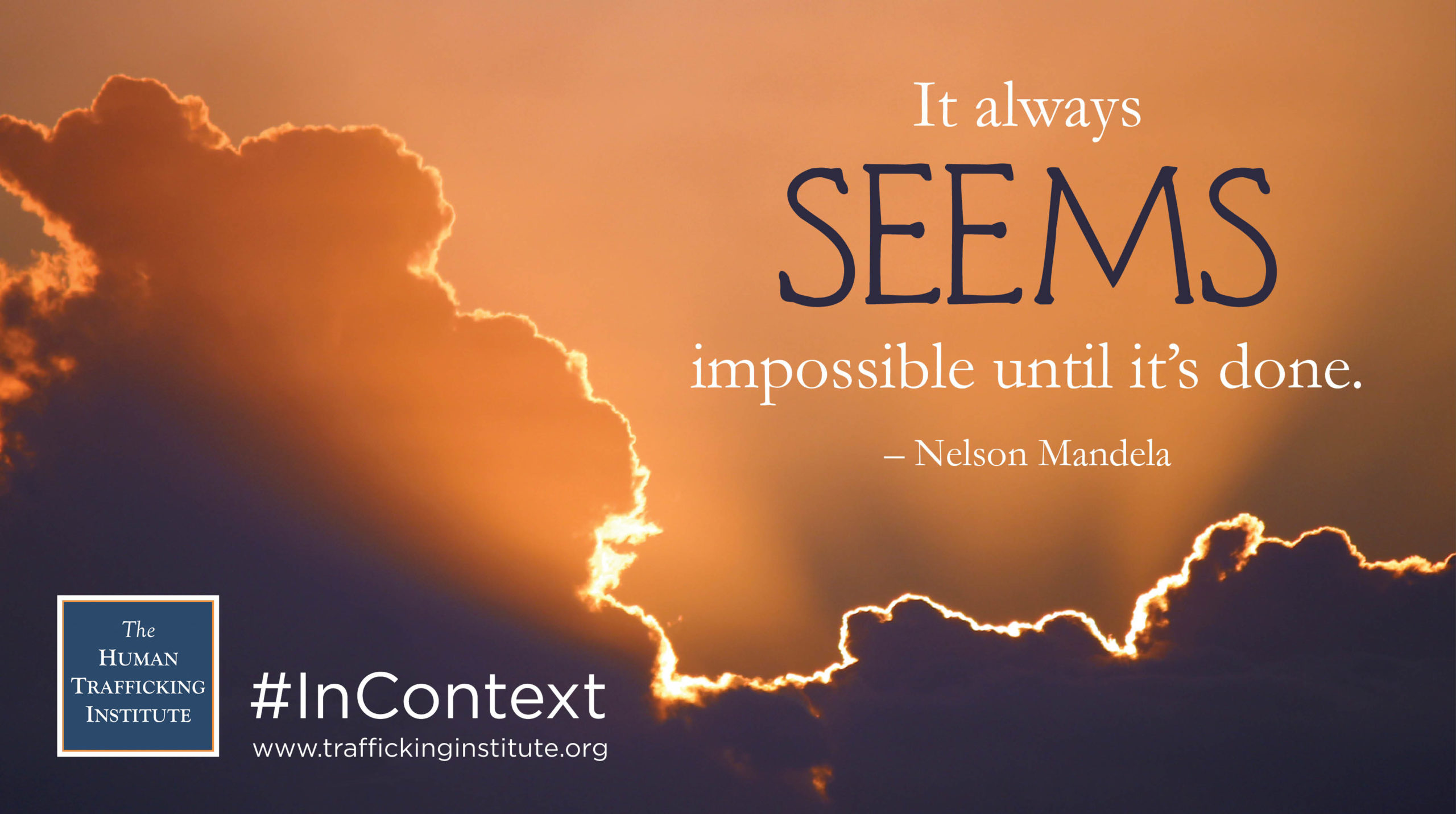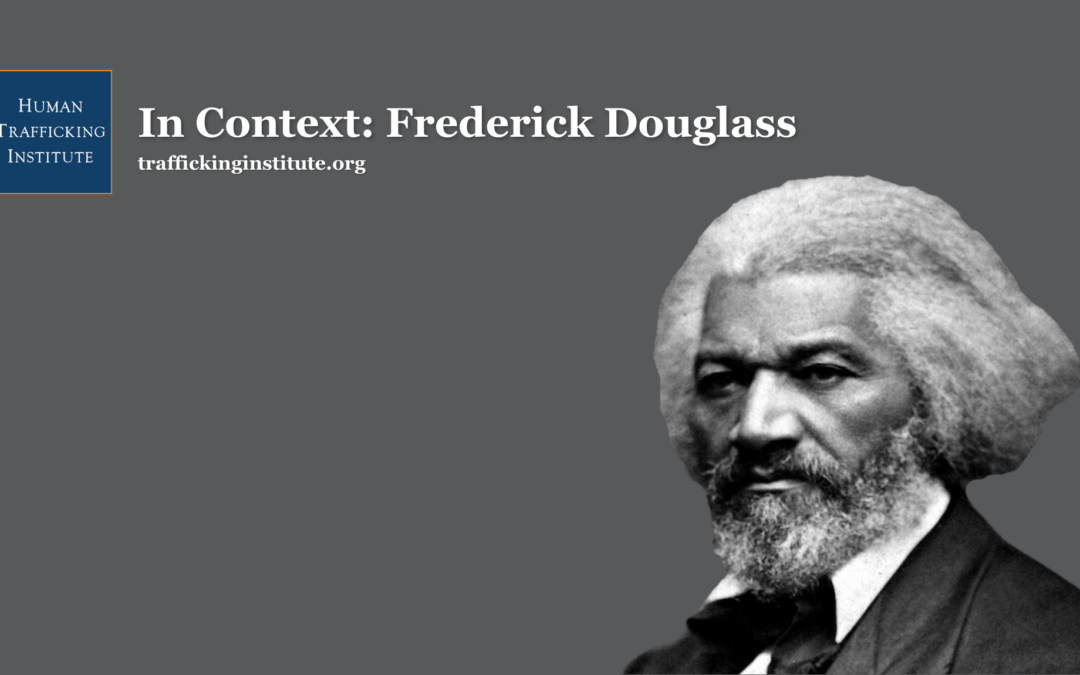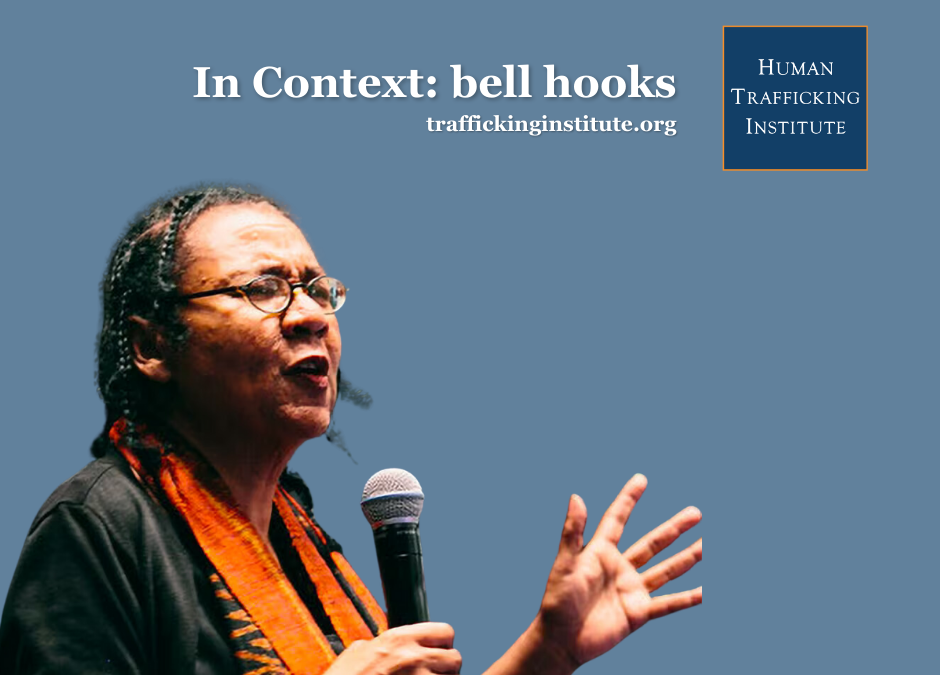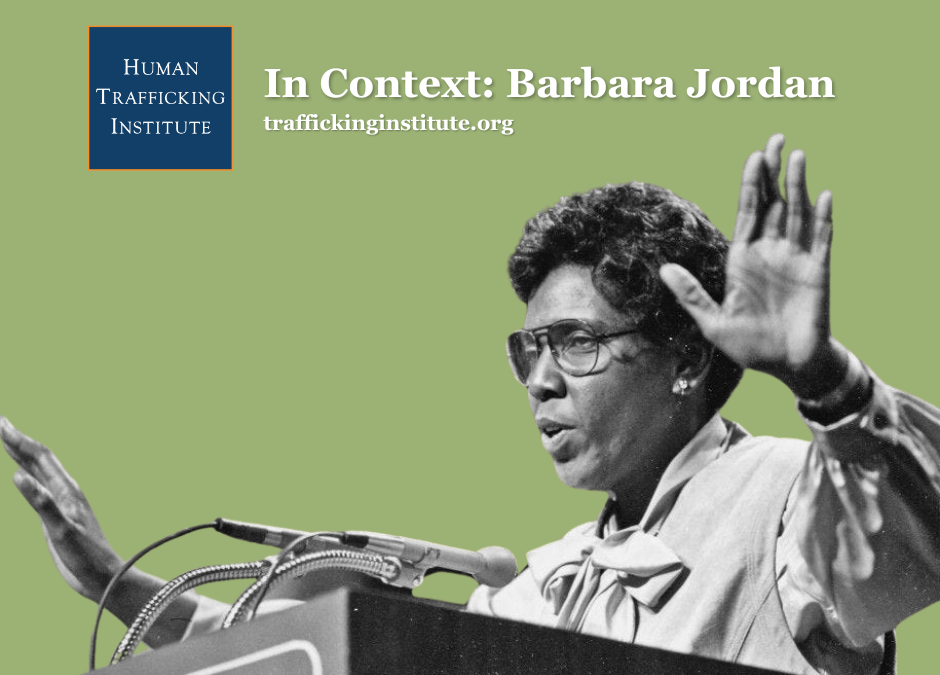Nelson Rolihlahla Mandela is perhaps one of the 20th century’s greatest symbols of revolutionary peace. Mandela was born July 18, 1918, in Mvezo, South Africa. Even as a young person, Mandela must have shown a propensity for rebellion— the name Rolihlahla literally translates to “troublemaker.” His father, Henry Mandela, passed away from tuberculosis while Nelson was still a child leaving him in the care of regent Jongintaba of the Thembu people. Growing up, Mandela attended school where he learned about the history of his people and was inspired to one day make a difference for those who were oppressed.
Mandela went to the University College of Fort Hare to obtain his bachelors degree, but his studies were continuously interrupted by his political activism. Eventually, he was able to complete his law degree at the University of the Witwatersrand. In a time of government-sanctioned discrimination, Mandela fought against apartheid by joining the African National Congress (ANC) and leading the ANC’s Youth League in 1944, which put him in danger with the police. Eight years later, Mandela opened the first black law firm in South Africa with his friend Oliver Tambo to help people harmed by apartheid laws. After a massacre in 1960, where many unarmed black citizens were murdered protesting apartheid, Mandela became involved with sabotaging the government with the newly banned ANC. After police found arms at an ANC hideout, Mandela was arrested. In what became known as the Rivonia trial in 1964, Mandela was found guilty of treason and sentenced to life in prison. From this trial came the “Speech from the Dock” in which Mandela said:
“I have fought against white domination, and I have fought against black domination. I have cherished the ideal of a democratic and free society in which all persons live together in harmony and with equal opportunities. It is an ideal which I hope to live for and to achieve. But if needs be, it is an ideal for which I am prepared to die.”
Mandela spent the next 27 years imprisoned in a tiny cell on Robben Island, twice refusing conditional offers of release. As international pressure mounted, South African President Frederik Willem de Klerk finally released Mandela and reinstated the ANC. After his release, Mandela continued to fight for equality by becoming the president of the ANC. He did not waver in his goal for democracy and negotiated with de Klerk to end apartheid and have free non-racially based elections. As the government began repealing legislation legalizing apartheid, Mandela became one of the first faces of the racial justice movement when he was jointly awarded the Nobel Peace Prize with de Klerk in 1993 for their peaceful transition to democracy.
Mandela continued to champion human rights when he became the first democratically elected president of South Africa in 1994. After serving one term, he created the Nelson Mandela Foundation to advocate for social justice. In his forward in the World Health Organization’s 2002 World Report on Violence and Health, an extensive review of the prevalence of global violence and its effect on people groups, he said,
“We owe our children, the most vulnerable citizens in our society, a life free of violence and fear.”
While Mandela was unable to experience this kind of life as a child, he continued to fight for this kind of future for other children until his death on December 5, 2013. As we fight another form of slavery today, we are reminded through his legacy to not give up hope that change can happen, that the victim can be freed, that the prisoner can become the president.




